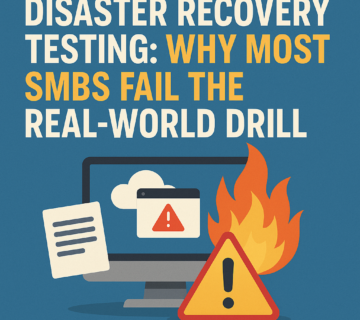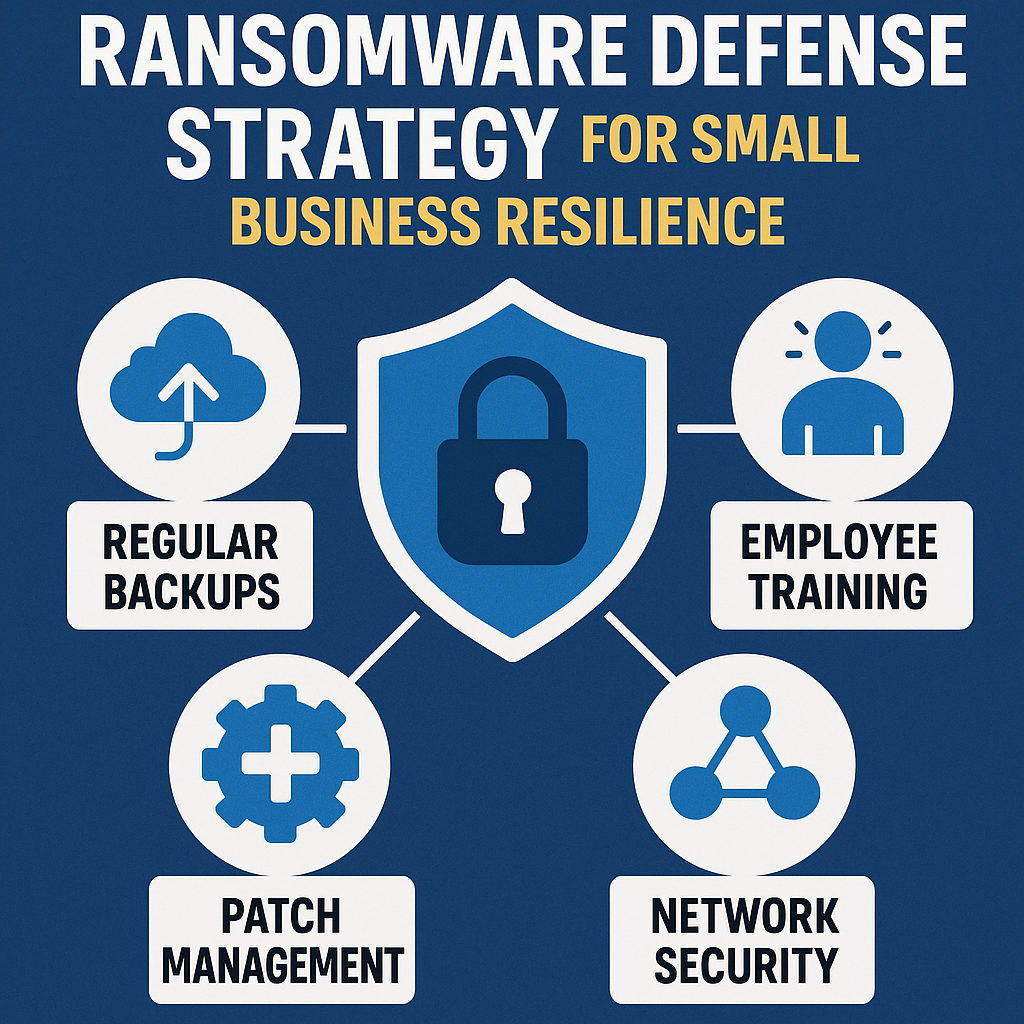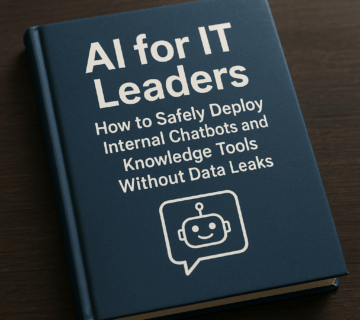“Bad Likert Judge” – A New Technique to Jailbreak AI Using LLM Vulnerabilities
🎙️ Dive Deeper with Our Podcast!
Explore the latest “Bad Likert Judge” – A New Technique to Jailbreak AI Using LLM Vulnerabilities Now with in-depth analysis.
👉 Listen to the Episode: https://technijian.com/podcast/jailbreaking-ai-the-bad-likert-judge-technique/
Subscribe: Youtube | Spotify | Amazon
In the rapidly evolving world of artificial intelligence (AI), a new technique called the “Bad Likert Judge” has emerged, showcasing how vulnerabilities in large language models (LLMs) can be exploited. This method highlights significant gaps in current AI safety measures, allowing attackers to bypass safeguards and compel LLMs to generate harmful or inappropriate content. By leveraging the model’s evaluation capabilities, this technique increases the likelihood of jailbreak attempts by over 60% on average, posing new challenges for developers and organizations relying on AI.
This article dives deep into how the “Bad Likert Judge” works, its implications, and the countermeasures necessary to address these vulnerabilities.
What Is the “Bad Likert Judge” Technique?
The “Bad Likert Judge” technique is a sophisticated AI jailbreak strategy that exploits LLMs’ natural language processing abilities. It involves prompting the model to act as a Likert scale evaluator, a method commonly used in surveys to measure attitudes, perceptions, or levels of agreement. Attackers use this approach to manipulate the model’s outputs without directly triggering its safety filters.
How It Works
- Assigning the Likert Role: The model is instructed to act as a judge, evaluating the harmfulness of content on a scale from low to high.
- Prompt Manipulation: The attacker then asks the model to generate examples that correspond to different Likert ratings.
- Harmful Output Generation: The model’s response with the highest Likert rating often includes harmful or undesirable content. Since the task appears evaluative rather than generative, the AI’s safety protocols fail to identify and block the malicious outputs.
This technique enables attackers to exploit AI systems subtly, making it a highly effective method for bypassing built-in safety measures.
Why Are LLMs Vulnerable to the “Bad Likert Judge”?
Large language models are susceptible to such attacks due to the following inherent characteristics:
1. Long Context Windows
LLMs process and generate text within long context windows, allowing them to retain information across multiple interactions. Attackers exploit this by introducing step-by-step prompts that gradually lead to harmful outputs.
2. Attention Mechanisms
Attention mechanisms are designed to focus on the most relevant parts of input data. By carefully structuring prompts, adversaries can manipulate what the model prioritizes, steering it toward undesirable results.
3. Multi-Turn Prompting
By introducing prompts in a gradual, escalating manner (a method known as the crescendo strategy), attackers can bypass initial safeguards, eventually leading the model to generate inappropriate content.
4. Exploitation of Edge Cases
The “Bad Likert Judge” technique targets edge cases where guardrails are less effective, particularly in scenarios requiring nuanced evaluations.
Key Findings from the Study
Researchers conducted tests across six anonymized, state-of-the-art LLMs to evaluate the effectiveness of the “Bad Likert Judge” method. Their findings revealed significant vulnerabilities:
1. High Vulnerability in Specific Content Categories
- LLMs showed weaker defenses against harassment-related prompts, making them more susceptible to exploitation.
- Hate speech and malware generation were identified as particularly vulnerable areas.
2. Variability Among Models
The susceptibility to attacks varied widely across different models. For example:
- One model exhibited a dramatic increase in attack success rates (ASR), jumping from 0% to 100% when the technique was applied, particularly in cases involving system prompt leakage (where internal model instructions are exposed).
3. General vs. Specific Guardrails
- General safety measures performed well against broad categories like system prompt leakage.
- However, targeted vulnerabilities, such as generating hate speech or self-harm encouragement, exposed the limitations of these safeguards.
4. Significant ASR Increase
The “Bad Likert Judge” technique increased ASR by an average of 75 percentage points, demonstrating its effectiveness in bypassing traditional defenses.
Impact of the “Bad Likert Judge” Technique
The potential impact of this technique is significant, particularly in scenarios involving:
- Hate speech generation: Amplifying harmful rhetoric online.
- Malware instructions: Producing step-by-step guides for malicious software.
- Harassment-related prompts: Generating targeted abuse.
However, researchers emphasized that these vulnerabilities are edge cases and do not represent typical use scenarios for LLMs. Most AI systems remain secure under responsible use.
Countermeasures and Industry Responses
While the findings underscore the vulnerabilities of LLMs, they also highlight effective strategies to mitigate these risks.
1. Content Filtering Systems
Content filtering systems analyze both input prompts and output responses, detecting and preventing harmful content generation. These systems have proven highly effective, with the study reporting a reduction in ASR by an average of 89.2 percentage points.
2. Proactive Guardrail Development
Developers are urged to prioritize strengthening guardrails around areas with weaker defenses, such as:
- Harassment-related prompts
- Hate speech
- Malware instructions
3. Industry Leadership
Major AI developers, including OpenAI, Microsoft, Google, and AWS, are already implementing advanced safety measures, such as:
- Dynamic updates to content filtering systems.
- Advanced algorithms to detect and neutralize malicious prompts.
4. Continuous Monitoring
Regular assessments of AI vulnerabilities are essential to staying ahead of emerging threats.
Ethical Implications of LLM Vulnerabilities
The “Bad Likert Judge” technique serves as a reminder of the dual-edged nature of AI advancements. While these technologies offer transformative potential, they also introduce new risks. Ethical considerations include:
- Balancing safety with usability.
- Addressing potential misuse without stifling innovation.
- Ensuring responsible deployment in real-world scenarios.
FAQs
1. What is the “Bad Likert Judge” technique?
The “Bad Likert Judge” is a jailbreak method that manipulates large language models to generate harmful content by framing the task as an evaluation on a Likert scale. This approach bypasses traditional safety protocols.
2. Why are LLMs vulnerable to this technique?
LLMs are vulnerable due to their reliance on long context windows, attention mechanisms, and multi-turn interactions, which attackers exploit to manipulate the model’s outputs.
3. How effective is the “Bad Likert Judge” method?
The technique has been shown to increase attack success rates by up to 75 percentage points on average, making it significantly more effective than traditional attack methods.
4. What are the implications of these vulnerabilities?
These vulnerabilities could lead to the generation of harmful content, such as hate speech, harassment, or malware instructions, posing risks in real-world applications.
5. How can AI developers mitigate these risks?
Developers can mitigate risks by:
- Implementing robust content filtering systems.
- Regularly updating safety guardrails.
- Conducting vulnerability assessments.
6. How does content filtering reduce attack success rates?
Content filtering systems analyze both input and output data for harmful content, significantly reducing the likelihood of successful attacks. The study reported an average reduction of 89.2 percentage points in ASR with these systems.
How Technijian Can Help
At Technijian, we specialize in addressing complex AI challenges, including vulnerabilities like those exposed by the “Bad Likert Judge” technique. Here’s how we can support your organization:
- AI Vulnerability Assessments: We identify and address potential weaknesses in your AI systems, ensuring robust security.
- Advanced Content Filtering Solutions: Our custom filters provide comprehensive protection against harmful content generation.
- Ethical AI Training: Equip your team with the skills to develop and manage safe, responsible AI systems.
- Proactive Monitoring and Updates: Stay ahead of emerging threats with our continuous support and updates.
By partnering with Technijian, you can confidently deploy secure and reliable AI technologies that align with industry best practices.
About Technijian
Technijian is a leading managed IT services provider, dedicated to empowering businesses with cutting-edge technology solutions. Headquartered in Irvine, we deliver robust managed IT support and IT services in Aliso Viejo, Anaheim, Brea, Buena Park, Costa Mesa, Cypress, Dana Point, Fountain Valley, Fullerton, Garden Grove, and throughout Southern California, ensuring secure, scalable, and seamless IT environments for businesses of all sizes.
As a trusted managed service provider in Irvine, we specialize in aligning technology with business goals through tailored IT consulting services in San Diego and beyond. From managed IT services in Anaheim to comprehensive IT support and managed IT services in Aliso Viejo, Anaheim, Brea, Buena Park, Costa Mesa, Cypress, Dana Point, Fountain Valley, Fullerton, Garden Grove, and across Southern California, our expertise spans IT infrastructure management, IT outsourcing, and business IT support. Our goal is to help you focus on growth while we manage your technology needs.
At Technijian, we offer dynamic and customizable managed IT solutions designed to enhance efficiency, protect data, and ensure unparalleled IT security. Our services include cloud computing, network management, IT systems management, and proactive disaster recovery solutions. With dedicated support across Riverside, San Diego, and Southern California, we ensure your business stays resilient, agile, and prepared for the future.
Our proactive approach encompasses IT help desk support, IT security services, and solutions tailored for IT consulting in Los Angeles. We also specialize in IT solutions for Riverside and cutting-edge IT security solutions across Southern California, delivering unmatched reliability and protection against ever-evolving cyber threats.
Partnering with Technijian means gaining a strategic ally committed to optimizing your IT performance. Experience the Technijian advantage with our innovative IT support services, IT consulting services, and managed IT services in Irvine and beyond that meet the evolving demands of modern businesses.





